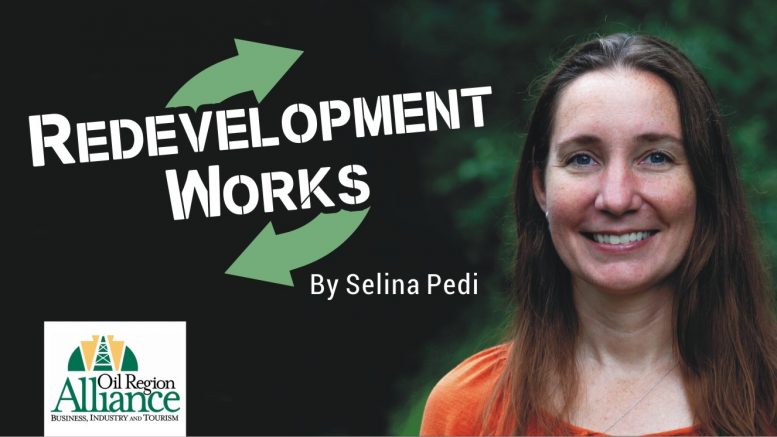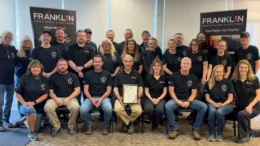When it comes to partnerships between public-benefit, non-profit organizations and private, for-profit companies, there is no shortage of confusion and misunderstanding. For quite some time, the only way most corporations, large or small, got involved in public-benefit programs and projects was by donating money or, occasionally, sending employees to volunteer. And the only reason most companies did so was to look better in the public eye, or to satisfy some requirement for charitable works within their bylaws. Even today, there is plenty of perception-based motivation for doing good work. And let’s face it, we all consider what others will think of us when we do things, every single day! So, it’s a bit hypocritical to second-guess every corporation’s motives, but it certainly can be hard to stomach some mega-corporations’ attempts to sway public attention and perception away from their less-than-admirable day-to-day operations, that’s for sure.
However, there are companies out there that are interested in both their bottom line and a particular set of social values in equal measure. Outdoor companies – such as Columbia, REI, and Patagonia – tend to be the sort of companies people think of when they imagine honest, effective philanthropic corporations. These corporations donate a hefty chunk of their profits to causes in which they believe, or they run their own community-benefit programs and projects. What is critical to their effectiveness, though, is the fact that their corporate mission aligns with a given social mission. For an outdoor company to thrive, they need to truly care about the places and people that will use their equipment. After all, if the environment is a mess and no human beings have the energy or resources to enjoy time in that environment, an outdoor business won’t even be in business. For such companies, focusing on community benefit just makes good business sense, and it’s ingrained in their missions and values.
But what about companies that don’t have such obvious ties to the greater good of our communities and environment? I can’t speak to the motivations of some questionable mega-corporations, but on a smaller scale, for regional and local companies, it’s definitely possible (and I’d go so far as to say necessary) for truly altruistic motivations to exist alongside the desire for a healthy profit. For anyone interested in the mechanics, Michael Porter and Mark Kramer wrote an excellent article for the Harvard Business Review in 2002 – “The Competitive Advantage of Corporate Philanthropy“ – that talks about why corporate philanthropy can be a smart move, when done right. It talks about the crucial need for that alignment between economic and social values, and the need for strategy and intention. It talks about how it’s been done wrong, even when folks have good intentions, and how a company can set themselves up for success from the get-go. Although some of the statistics are from twenty years ago, the article is still highly relevant, and it’s a fantastic read. The bottom line, though, is that a smart business will try everything in its power to improve what Porter and Kramer call the “competitive context,” the quality of the local or regional business environment, and that inherently means the health and resilience of the community.
Next week, we’ll explore what that means for our regional business environment – both for our communities and for our private companies. See you then!









































